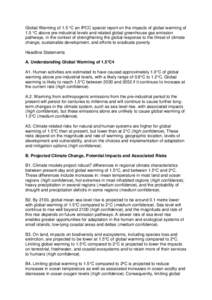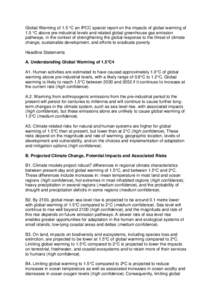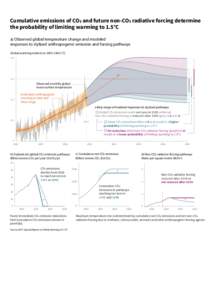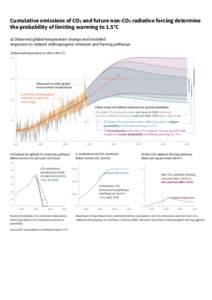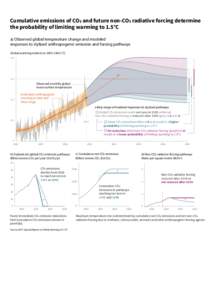<--- Back to Details
| First Page | Document Content | |
|---|---|---|
 Date: 2014-12-11 11:02:17Pollution Clean Air Act Emission standard Emission AP 42 Compilation of Air Pollutant Emission Factors Michigan Department of Environmental Quality Air pollution Atmosphere Air dispersion modeling |
Add to Reading List |
 Public Notice DEQ requests comments on a proposed air quality permit for Oregon State Penitentiary DEQ invites the public to submit written
Public Notice DEQ requests comments on a proposed air quality permit for Oregon State Penitentiary DEQ invites the public to submit written